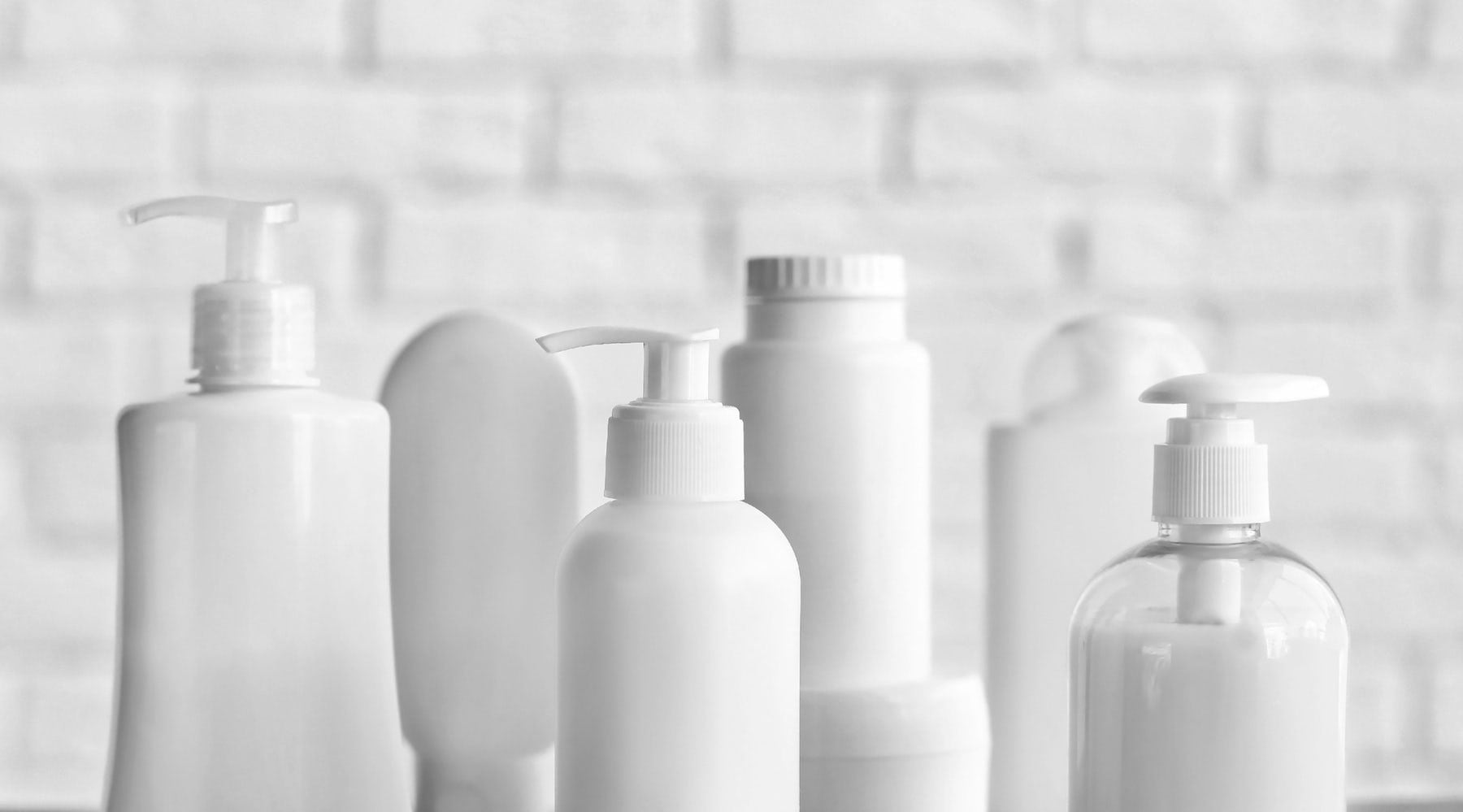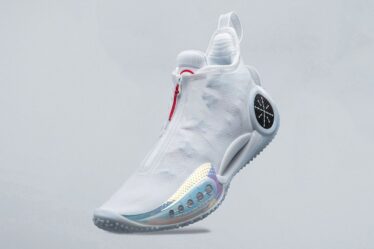
NEW YORK, United States — The beauty industry is thriving like never before, but you wouldn’t know it by looking at the stock market.
Shares of the big beauty houses haven’t performed so well in recent months, even as trends like facial-sheet masks, serums and metallic makeup tones have exploded in popularity. Coty Inc., the parent of CoverGirl, the third-largest color-cosmetics brand in the U.S., has seen its price tumble 50 percent over the last six months, while Revlon Inc. is being choked by debt. And after strong runs into the first part of the year for larger conglomerates Estee Lauder Cos., L’Oreal SA and Shiseido Co., these stocks have all run out of steam.
The oldest, biggest beauty companies are running up against the same challenges upending other consumer-facing industries from packaged food to cleaning products: Shoppers are embracing upstart brands, more often the kind that contain the better-for-you ingredients that are so appealing to customers these days.
Beauty lovers also are increasingly purchasing products online and using subscription services, where data play a powerful role. In fact, in-store sales of cosmetic items dropped by up to 9.3 percent in the four weeks through Dec. 2, a span that captures the Black Friday period, according to IRI scanner data reviewed by Bloomberg Intelligence. And in the beauty realm especially, social media and YouTube have provided a way for people to feel connected to brands rather than as a faceless customer. Companies that were accustomed to relying on a retailer as a go-between are now struggling to make these direct-to-consumer connections feel organic instead of gimmicky.
The story of the changing beauty industry is a positive one — of women’s empowerment, entrepreneurship, inclusiveness and a better shopping experience, which should do more to enhance manufacturers’ profit and growth opportunities than threaten them. Beauty and personal care was a $465 billion global market in 2017 and is set to expand more than 2 percent a year on a compound-annual basis through 2022, according to Euromonitor International.
As the market leaders struggle to adapt, they may need to pursue more acquisitions of up-and-comers, however tiny these labels may be now. Already, there’s been a boom of sorts in recent years in deals and investments for fast-growing brands, such as L’Oreal’s acquisitions of IT Cosmetics and NYX Cosmetics, Estee Lauder’s purchases of Becca Cosmetics and Too Faced and Shiseido’s takeover of the Laura Mercier brand. The trick is picking the right transactions and preserving what made them successful.
A recent convention I attended for beauty consumers was like a showcase of potential takeover candidates that are helping to drive this industry evolution. More than 7,000 people – women and girls of all ages, along with a rising number of male beauty aficionados – swarmed the halls of New York’s Jacob K. Javits Center one weekend in October for the Ipsy Gen Beauty event, eager to score samples from brands they love and discover new ones. Some of the most sought-after products of the dozens on display included Eva NYC shampoo, TonyMoly banana-scented hand lotion and Belif eye cream. It cost $99 for general admission, though plenty paid extra for early entry and didn’t hesitate to buy products at the event. Ten thousand others attended the San Francisco and Los Angeles conventions this year.
At the New York showing, all around the room I heard from this modern beauty shopper: They expect brands to reward loyalty; they make fewer distinctions between high-end and affordable lines; they like testing out products first; they aren’t inclined to drive to a store but share purchases with friends online; and they don’t want to conform to a narrow definition of beauty that was at one time decided by a group of mostly men who ran the industry.
Ipsy, the event organizer, is also a $10-a-month subscription service and one of many businesses shaking up the industry. Co-founded in 2011 by former YouTube beauty influencer Michelle Phan (who has since left to run her own cosmetics line), Ipsy curates products for 3 million subscribers. At the heart of this is a data algorithm that the company says matches users’ preferences with the attributes of the products it sources, with help from the more than 4 million reviews provided monthly by its users. That kind of detailed customer data is extremely valuable. And while Revlon, a stalwart of the drugstore beauty shelves, bleeds money, Ipsy is profitable, bucking the stereotype of Silicon Valley startups. That juxtaposition of old retail strategies falling flat and new data-driven approaches proving more than an entrepreneur’s vision are starting to be seen throughout the industry.
Someday, beauty may be in the eye of the stockholder once again. Until then, the industry is getting a much-needed refresh that should keep bankers busy.
By Tara Lachapelle; Editor: Beth Williams at [email protected].
This column does not necessarily reflect the opinion of the editorial board or Bloomberg LP and its owners.



